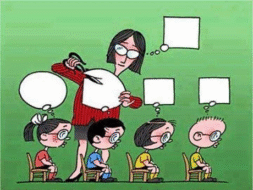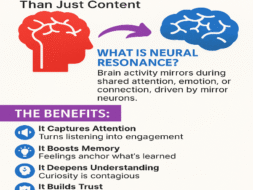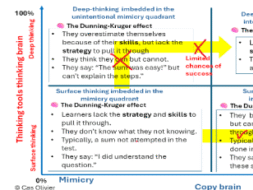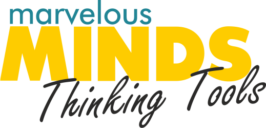It took me decades to realize the trillions and trillions of hours teachers, all over the world, invest in lesson planning with the aim to explain it to students does not bear the expected fruits.
I then realised that no one could engage in listening to another person’s step-by-step explanation, without thinking about something else. We often catch ourselves losing the thread of a conversation because we are on our own thinking islands busy solving a household problem or planning an upcoming birthday party.
Our minds are wandering and cannot resist being distracted by ideas that keep popping up. You may be busy applying your mind to grasp what this blog is about and then someone behind you say something about an umbrella that causes your mind to rocket to the umbrella. The brain gets even more distracted when it is forced to listen for a long period of time. The brain is a wandering mind.
To be continued ……..
I then realized that I cannot transfer or 'BlueTooth' my knowledge to the students’ brains. There are always misunderstandings and gaps and it felt to me like flying against a headwind.
Learners' knowledge must be authentic, in other words, it must be the child's own work. If the learner mastered the work as explained by the teacher or memorized it from a textbook, it does not constitute authentically discovering and gaining of insight by the learner. It represents someone else's work that the child presents in the examination as their own work.
This means that children are rewarded during exams for the extent that they can copy and pastes other people’s work.





